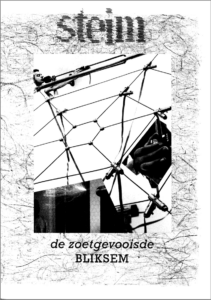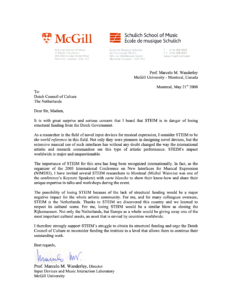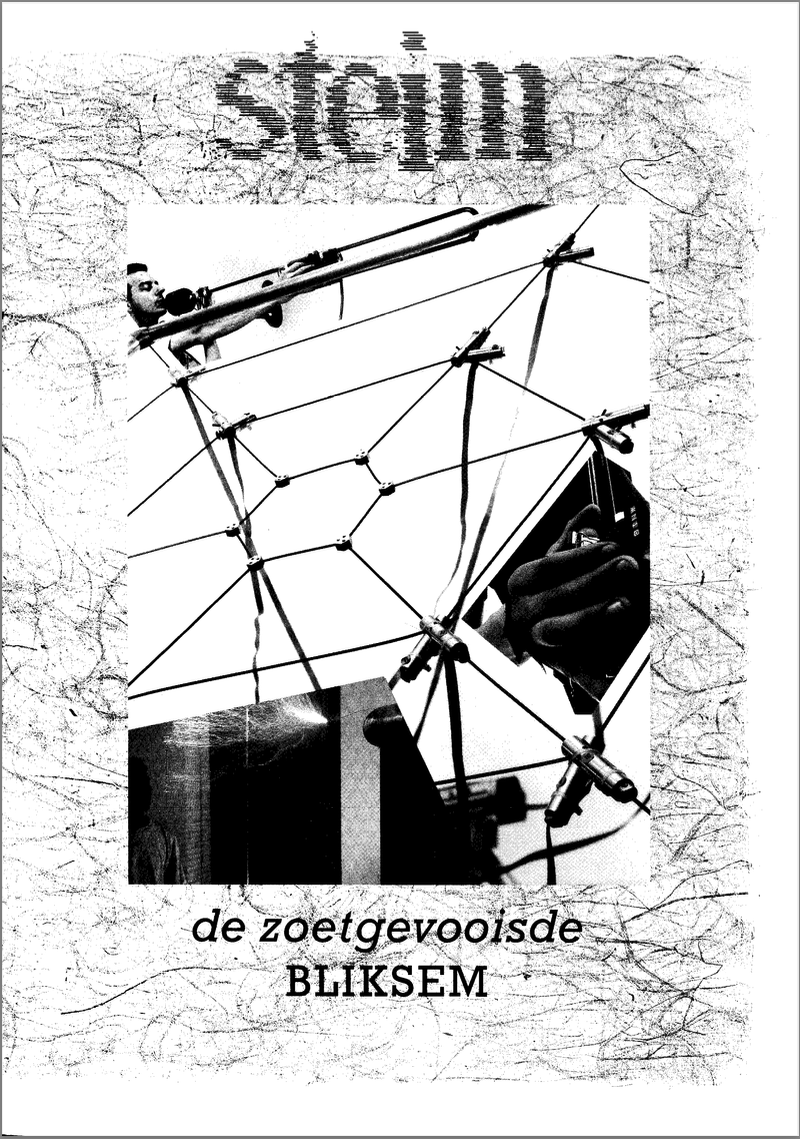The NIME20203 conference took place in Mexico City last week and was an excellent opportunity to learn about the newest research on musical interfaces and meet old and new colleagues.
One topic that aroused interest in the discussions, particularly during the presentation of the paper “Prehistoric NIME: Revisiting Research on New Musical Interfaces in the Computer Music Community Before NIME,” was the contribution by the STudio for Electro-Instrumental Music (STEIM), in Amsterdam, NL, to this field.
STEIM was a pioneer and a major player in musical interfaces for decades, arguably the biggest responsible for establishing the NIME community. They have organized several events to discuss musical interfaces, some of which were reviewed in articles in the Computer Music Journal.
(See the Prehistoric NIME paper for full references.)
For decades, STEIM nurtured a community of artists and developers working on real-time musical interaction, a safe haven for musical explorations at the heart of Amsterdam.
According to Michel Waisvisz:
“STEIM was created as a laboratory for the research and development of the modern practice of electronic music. Right from its inception some twenty-five years ago, STEIM has supported an “instrumental” approach to the performing of electronic music. It means that in STEIM’s view, this kind of music only attains its definitive form once it reaches the concert platform and that, via direct, physical action, the performing music-maker must create sound in the public’s presence.”

During my talk and in the paper, I mentioned the booklet “STEIM – de zoetgevooisde BLIKSEM,” from 1993, which reviews research and developments from the first 25 years of STEIM, and from which the above quote is taken (pages 2-3). The booklet was edited by Michel Waisvisz, Joel Ryan, and Nicolas Collins, with Saskia Sjollema as editor-in-chief.
I got this booklet from Michel when he gave a keynote at NIME2003 at McGill—actually, some ten copies of it. Over time, I kept passing a copy to anybody interested and eventually ran out of it myself (Duh!). Thanks to Joe Malloch, who scanned one of those copies, I now have a pdf version of this critical document.
STEIM had been struggling with funding for some time. I even found a letter I wrote to the Dutch Council of Culture in May 2008 supporting STEIM’s request for funding.
In it, I mentioned that:

“As a researcher in the field of novel input devices for musical expression, I consider STEIM to be the world reference in this field. Not only they were pioneers in designing novel devices, but the extensive musical use of such interfaces has, without any doubt, changed the way the international artistic and research communities see this type of artistic performance. STEIM’s impact worldwide is major and unquestionable.”
and
“The possibility of losing STEIM because of the lack of structural funding would [have] a major negative impact [on] the whole artistic community. For me, and for many colleagues overseas, STEIM is the Netherlands. Thanks to STEIM, we discovered this country and we learned to respect its cultural scene. For me, losing STEIM would be a similar blow as closing the Rijksmuseum. Not only the Netherlands, but Europe as a whole would be giving away one of the most important cultural assets, an asset that is envied by countries worldwide.”
Unfortunately, STEIM lost its battle against short-sighted decision-makers and finally stopped its operations in 2020. That shows the need to keep fighting for cultural and educational initiatives worldwide, as even major cultural institutions can cease operations, ultimately obliterating decades of outstanding work.
As I do not own the copyright of this work, I cannot add it publicly to the IDMIL website. I think it is fair, though, given that STEIM no longer exists, to share the pdf individually with those interested.
Please drop me an email if that’s the case.
Marcelo.
PS. If there are copyright owners of this document out there, please email me, and I’ll be delighted to add missing credits where due.



